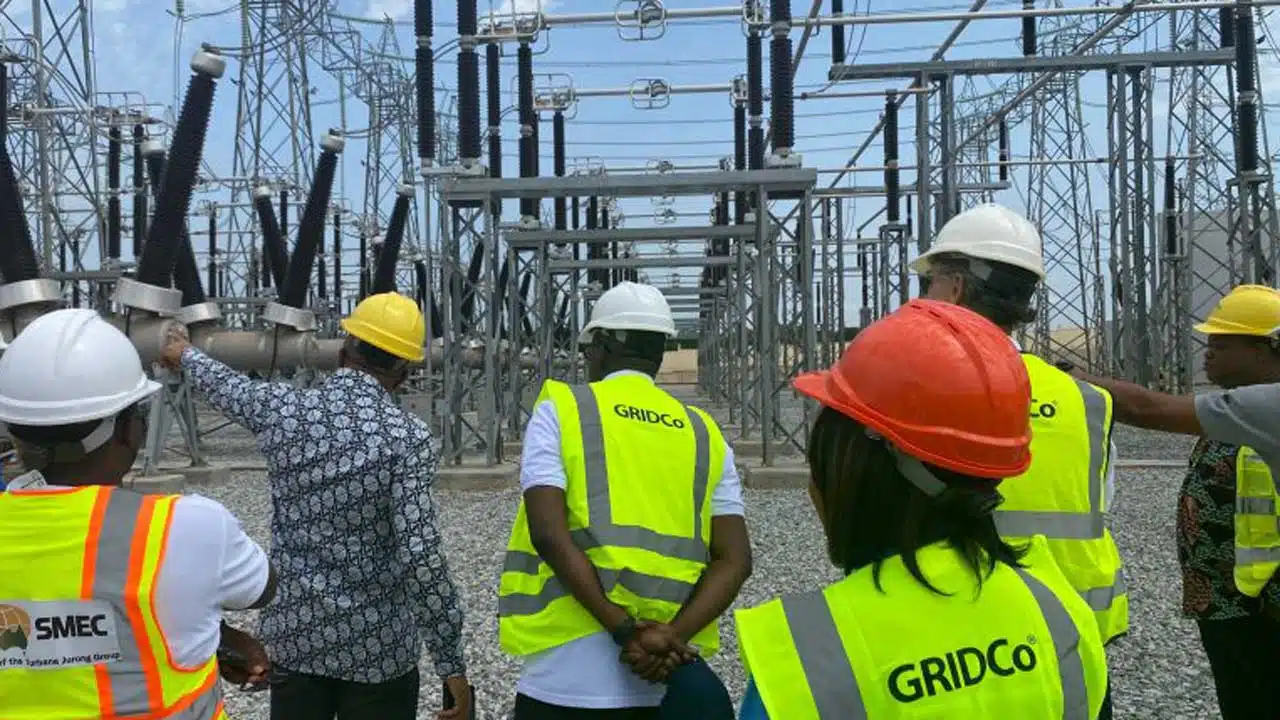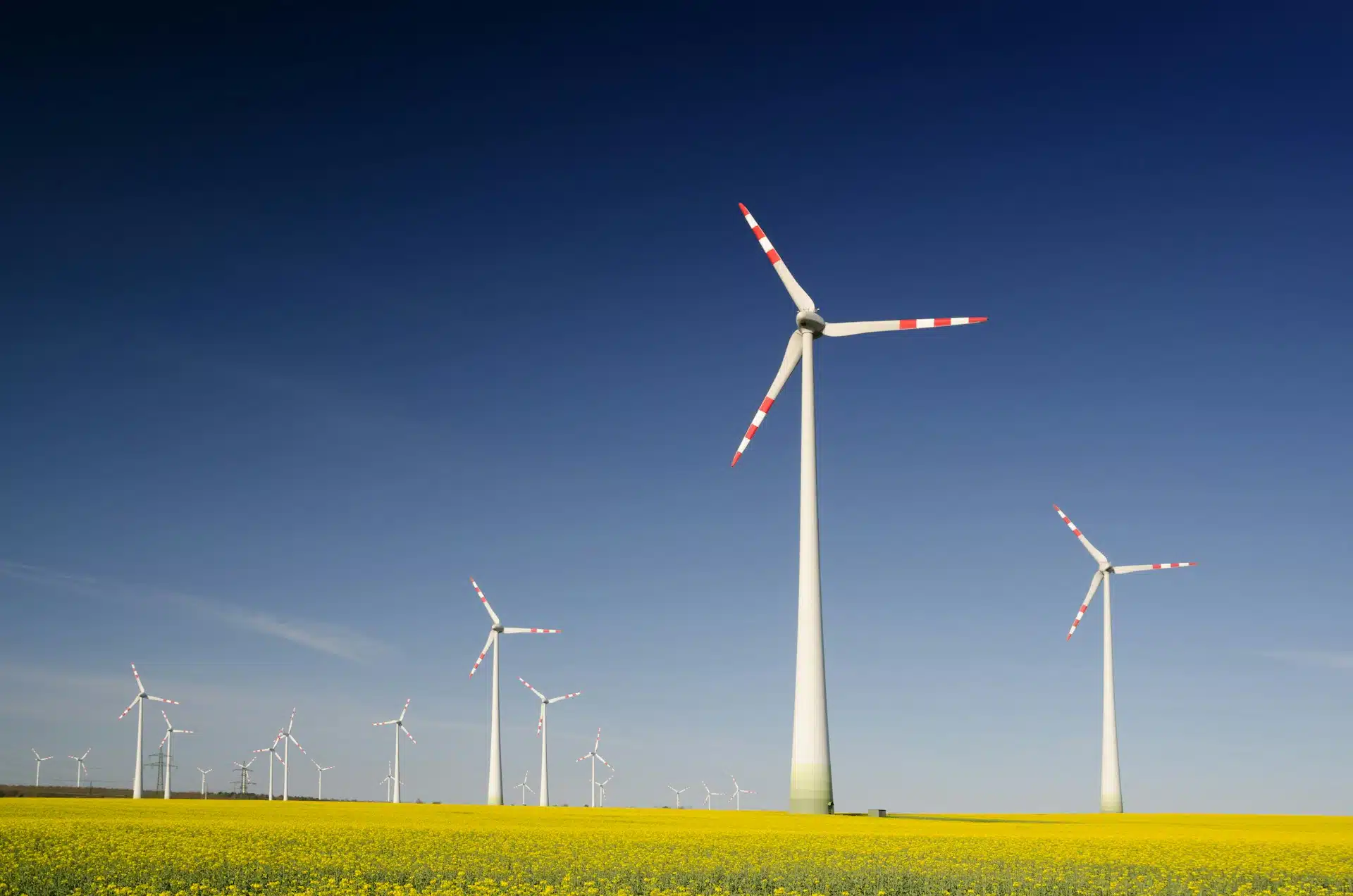The South African Cabinet has formally approved the South African Renewable Energy Masterplan (SAREM), aiming to bolster the nation’s energy security and stimulate industrial growth.
This is a significant move towards sustainable development for the country which has suffered more blackouts in recent years than before.
The approval comes as South Africa ramps up its clean energy ambitions under the Integrated Resource Plan (IRP), revised in 2023 and which targets 29.5 GW of new capacity by 2030.
SAREM hinges on accelerated renewable energy deployment and outlines the addition of 3 to 5 gigawatts (GW) of renewable energy capacity annually until 2030, with an initial emphasis on solar and wind technologies.
The initiative will leverage South Africa’s growing interest in solar, wind, lithium-ion, and vanadium battery technologies, driving investment in both generation and transmission infrastructure.
According to Kgosientsho Ramokgopa, South Africa’s Minister of Electricity and Energy, domesticating the production and supply of renewable energy and battery storage technologies will go a mile in improving the resilience and sustainability of South Africa’s energy supply.
“The South African Renewable Energy Master Plan is not just a blueprint for green industrialisation; it is a pathway to a more sustainable and equitable future for all South Africans.
“We have a unique opportunity to lead in the global renewable energy and battery storage landscape, creating jobs and fostering economic growth while protecting our environment,” Ramokgopa said.
Key objectives of SAREM
SAREM is projected to generate over 25,000 jobs by 2030, focusing on the renewable energy and storage sectors.
By diversifying the energy mix, the plan aims to strengthen grid resilience and reduce dependence on fossil fuels. This will help enhance energy security and is key for a country like South Africa with continuous power down-time.
The strategy includes significant investments in generation and transmission infrastructure to support the anticipated growth in electricity demand, which is expected to double by 2040.
SAREM also emphasizes strategic development in the domestic supply chain for renewable energy technologies, including:
– Solar Photovoltaic (PV): Expanding solar energy installations to harness South Africa’s abundant sunlight. South Africa lies well within the global Solar belt.
– Wind Energy: Utilizing the country’s wind resources to generate electricity. The country’s location is also well-suited for wind energy development.
– Battery Storage Solutions: Investing in lithium-ion and vanadium-based battery technologies to store renewable energy and ensure a stable power supply.
Government commitment
The approval of SAREM indicates the government’s dedication to addressing challenges related to local capacity, infrastructure, and investment in the renewable energy sector.
By providing a clear roadmap, the plan aims to attract investors and facilitate the advancement of power projects.
The implementation of SAREM is expected to position South Africa as a leader in renewable energy on the continent.
The plan not only aims to meet the growing energy demands but also contributes to global efforts in combating climate change through reduced carbon emissions.
In March 2025, the country unveiled two pivotal environmental planning instruments—the Environmental Impact Assessment (EIA) Guideline for green hydrogen projects and the South African Green Hydrogen Potential Atlas—to bolster its green hydrogen sector.
As South Africa, which depends on coal for most of its power supply, embarks on this transformative journey, the success of SAREM will depend on effective execution, continuous stakeholder engagement, and the mobilization of both public and private sector investments.
The government looks to the International Partners Group (IPG), a coalition of countries comprising the United Kingdom, Germany, France and the EU, to fill the funding gap left by the US after its withdrawal from the Just Energy Transition Partnership.
The total international pledges to South Africa now amount to $12.8 billion.
This includes over $9 billion from the IPG as well as contributions from Canada, Spain, and Switzerland.
On March 17, 2025, President Cyril Ramaphosa proclaimed the Climate Change Act, 2024 (Act 22 of 2024), which enables the development of effective climate change policies and the long-term plan for a transition to a low-carbon economy and society.
Following that announcement, international partners interested in green energy have been eyeing investment in Africa’s most developed economy.
Nearly 80% of the over 500 GW of renewable energy capacity that is currently in the concept phase across Africa are in South Africa and North Africa.









